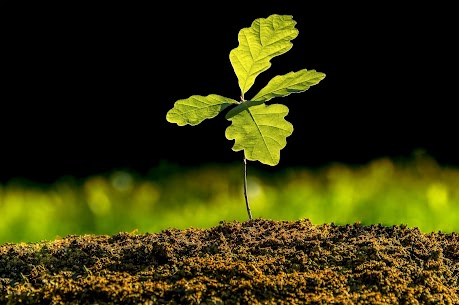Trees provide clean air, water, carbon sequestration, and wildlife habitat. Reforestation often involves planting seedlings rather than adult trees.
- Seed: Tree seeds adapt to their environment, dispersing via wind, animals, and plants. They contain nutrients needed for growth.
- Sprout: When conditions are right, a seed germinates, developing roots and sprouting.
- Seedling: A young tree, vulnerable to disease and animals. Seedlings are planted in protective microsites to improve survival.
- Sapling: A small tree with a flexible trunk, shaped by environmental conditions.
- Adult Tree: Capable of reproduction, some species, like Douglas-fir, can live for centuries.
- Snag (Old Tree): Decaying trees provide nutrients, shelter, and food for forest life.
Reforestation supports the full tree life cycle, ensuring forest regeneration.




